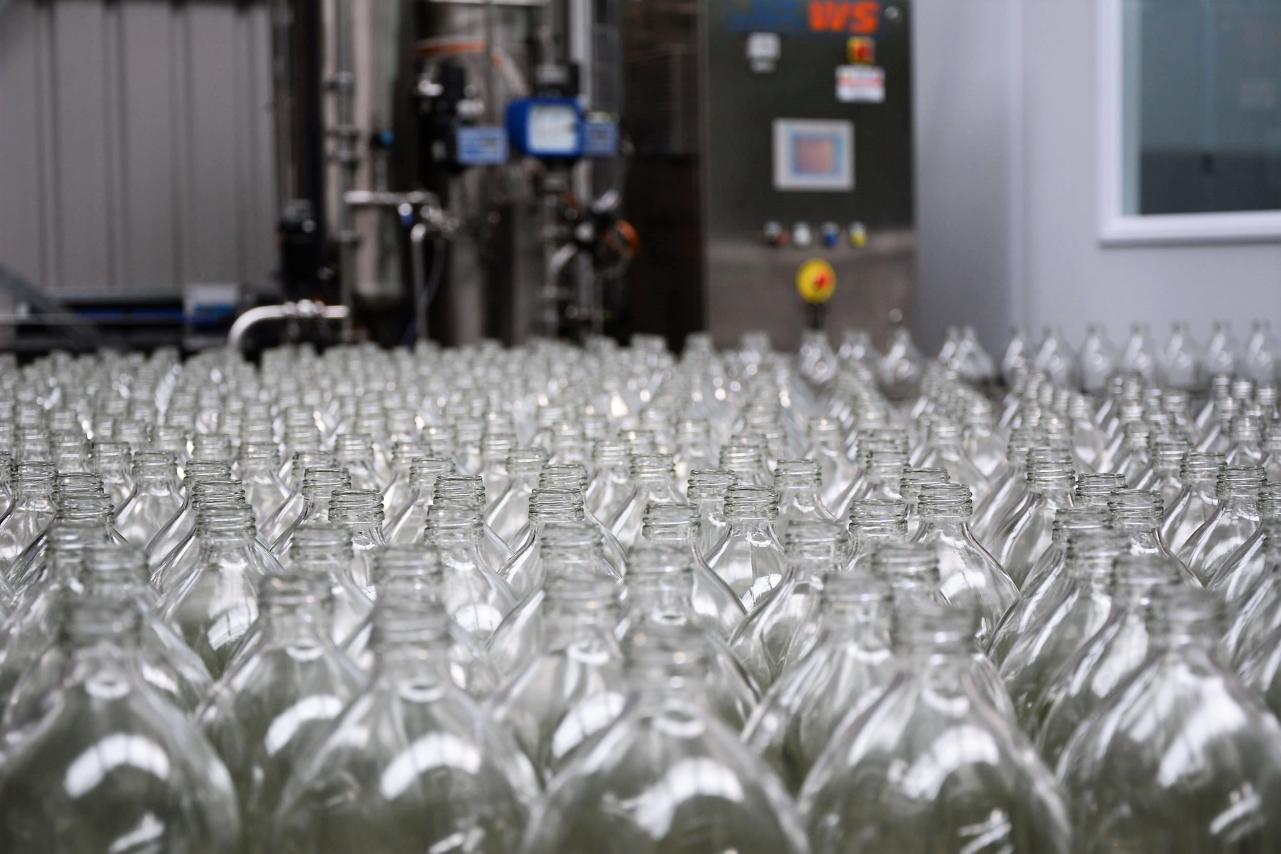Infrastructure and Resources
Sustainable energy, pure drinking water, ultra-fast broadband, and efficient transportation networks all make the Whakatāne District an attractive prospect for business ventures.
Sustainable energy
Nova Energy supplies both gas and electricity to residential, business and agricultural customers. Generation is largely based on renewable hydroelectric and geothermal sources.
In 2008, Mighty River Power opened a state-of-the-art geothermal power station at Kawerau, capable of generating 100 MW of electricity. Additional geothermal energy resources are available.
Water
Some of the world’s purest drinking water is sourced from a 300-metre deep aquifer at Otakiri, on the Rangitāiki Plains. Water is bottled and sold around the world by Antipodes and Otakiri Springs. There’s genuine potential for other businesses to leverage off the natural purity of this resource.
Ultra-fast broadband (UFB) and fibre
Eastern Bay of Plenty urban centres now have UFB connectivity. Councils are working to extend broadband access across rural areas. A number of thriving information technology ventures supply world-class services to an international clientele.
Transportation networks
Roading
Whakatāne has many highly-efficient roundabouts—and no traffic lights. Compared to New Zealand’s larger cities, traffic flows easily. There’s a huge time and cost saving to be made in efficient commuting, every day.
The Eastern Bay of Plenty has a good roading network that connects all the main centres. State Highways, from The Port of Tauranga and Rotorua to Gisborne and East Cape, run through the Whakatāne District. The opening of the Tauranga Eastern Link in late 2015 means the journey between Whakatāne and Tauranga now takes as little as 50 minutes.
From Whakatāne, you have easy road access to Rotorua, Tauranga, Taupō, Gisborne, Hamilton and Auckland—in other words, about half of New Zealand's population.
Air travel
Whakatāne Airport is 12 km from the town centre. The airport is serviced by Air Chathams, with two return daily flights between Whakatāne and Auckland. Sunair supplies air services between Whakatāne and Hamilton, Gisborne and Napier. Good capacity for airfreight is available. Taxis and shuttles are available to get you to and from the airport. Further flight options are available from Rotorua and Tauranga.
Rail links
Kawerau has a direct rail freight link to The Port of Tauranga, with several trains running daily. Murupara also has a rail link. Rail plays a significant role in transporting logs, pulp and paper, as well as fertiliser and steel.
Industrial land
The Whakatāne and Kawerau District Councils are working to open up more industrial land. This, along with the availablity of geothermal energy and the rail link to Tauranga, make Kawerau a burgeoning industrial powerhouse.
Find out more about Kawerau's economic prospects »
The Port of Tauranga
The district’s export businesses are well-served by the largest port in the country. The Port of Tauranga has up to 15 berths, two cold stores of 20,000 and 9,000 tonnes, 2.5 hectares of covered storage and 27 hectares of paved container yard. There is a direct rail connection from Kawerau.
